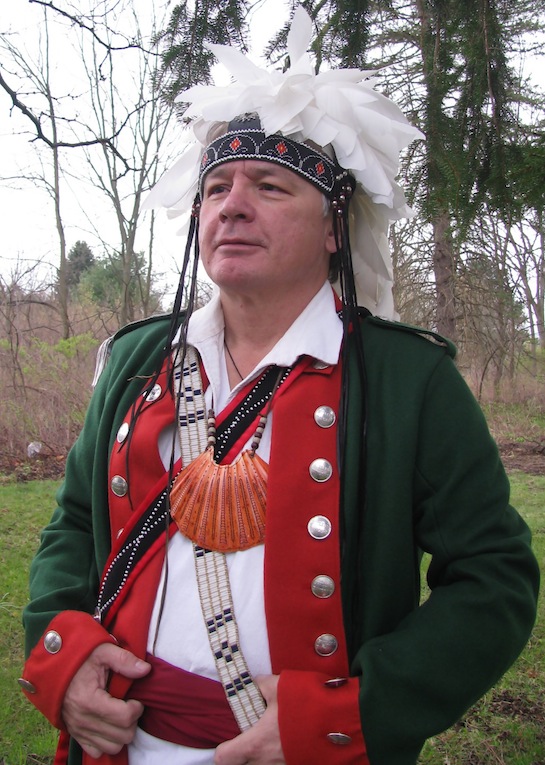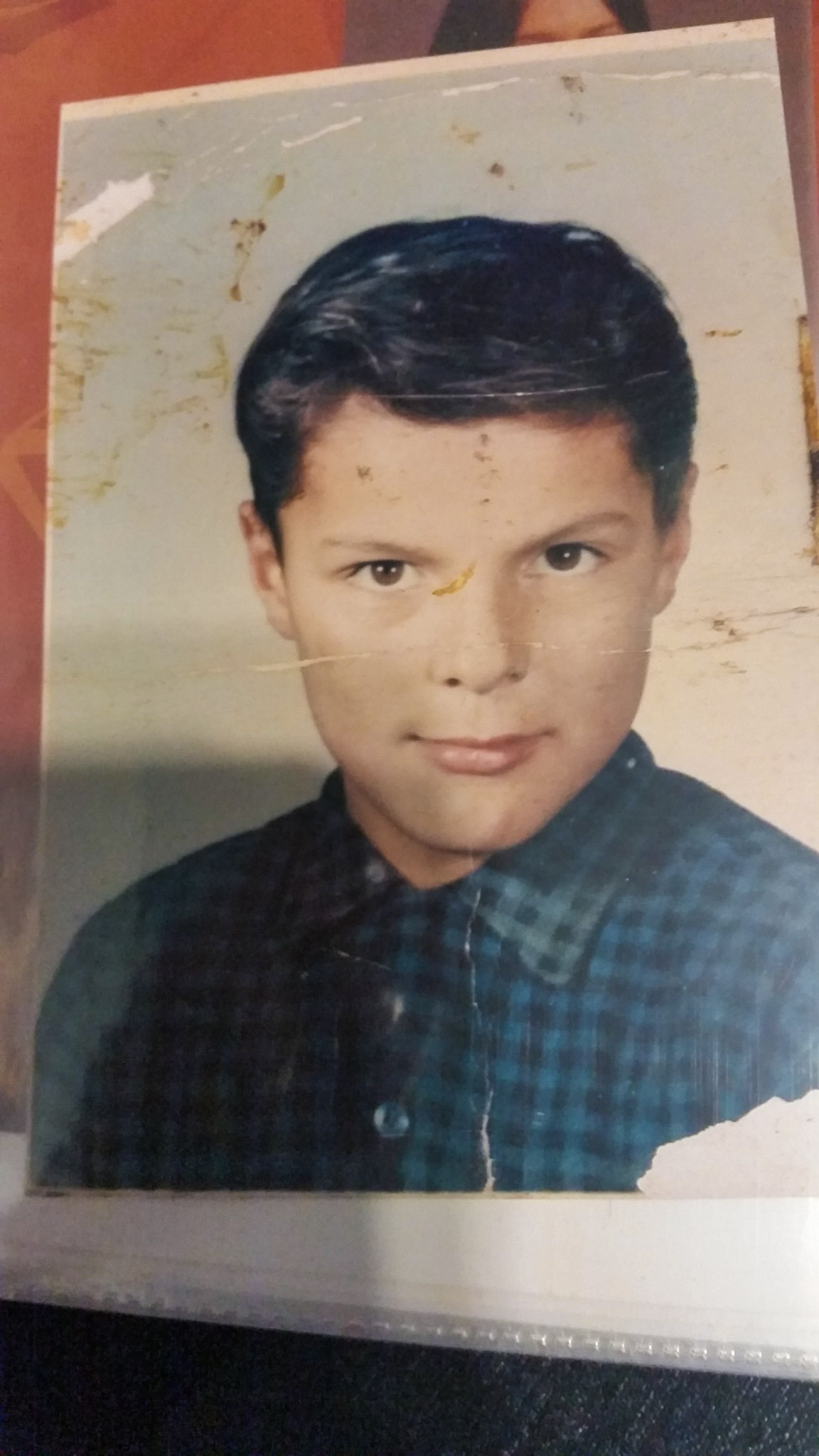Indianz.Com > News > Doug George-Kanentiio: Wearing orange for Native residential school survivors

Photo: Provincial Government of British Columbia
Why Wear Orange?
Monday, August 23, 2021
People ask why the residential-boarding school survivors, their respective families and supporters wear orange. This began in 2013 when Phyllis Jack-Webstad of the Stswecem’c Xgat’tem Nation recalled when she was stripped of her orange shirt when she was taken to a residential school; it has since become a symbol of defiance across the nation.
I asked Mohawk faithkeeper (Roterihonton) Kevin Deer if this must remain so. He said we can turn the color into goodness if we see orange in a different way. Orange, he said, is the color of fire, it is the source of heat during the cold season and light in the dark of night. It is what cooks our food, provides us with comfort and in its flames are the stories of our ancestors who gathered around fire not only for warmth but to socialize, to remember, to dance and sing.
Our wampum is the symbolic fire of the people and each longhouse has its own council fire. Fire has its own life; it breathes oxygen as we do, it can also sing, cackle and roar. The old-timers would always “feed” the fire before they ate by casting a morsel of their meal into the flames. Fire was also emotional and demanded respect, it can be cultivated and spoken to. Fire is a way to reach into the spirit world when tobacco, sage or sweetgrass is given to it.

Doug George-Kanentiio, Akwesasne Mohawk, is a residential school survivor. He was given the number 4-8-2-738. He serves as the
vice-president of the Hiawatha Institute for Indigenous Knowledge. He previously served
as a Trustee for the National Museum of the American Indian, is a former land
claims negotiator for the Mohawk Nation and is the author of numerous books and
articles about the Mohawk people. He may be reached via e-mail at:
Kanentiio@aol.com or by calling 315-415-7288.
Search
Filed Under
Tags
More Headlines
NAFOA: 5 Things You Need to Know this Week
Chuck Hoskin: Cherokee Nation takes the lead for our environment
Native America Calling: Earth Day assessment for Native peoples
Cronkite News: Gathering addresses ‘epidemic’ among Native people
VIDEO: Cody Desautel on tribes and federal forest management
AUDIO: Legislative Hearing on Discussion Draft of Forest Management Bill
Native America Calling: Remembering the 1974 Navajo border town murders
Native America Calling: Can the right approach close the Native immunization gap?
Cronkite News: Long COVID cases remain high in Arizona
Native America Calling: Eyes in the sky for development, public safety, and recreation
Native America Calling: Three new films offer diverse views of Native life
NAFOA: 5 Things You Need to Know this Week
Chuck Hoskin: Cherokee Nation works toward cure for arthritis
Native America Calling: Protecting young people from the down sides of social media
Cronkite News: Fake ‘shaman’ among candidates failing to make Congressional ballot
More Headlines
Chuck Hoskin: Cherokee Nation takes the lead for our environment
Native America Calling: Earth Day assessment for Native peoples
Cronkite News: Gathering addresses ‘epidemic’ among Native people
VIDEO: Cody Desautel on tribes and federal forest management
AUDIO: Legislative Hearing on Discussion Draft of Forest Management Bill
Native America Calling: Remembering the 1974 Navajo border town murders
Native America Calling: Can the right approach close the Native immunization gap?
Cronkite News: Long COVID cases remain high in Arizona
Native America Calling: Eyes in the sky for development, public safety, and recreation
Native America Calling: Three new films offer diverse views of Native life
NAFOA: 5 Things You Need to Know this Week
Chuck Hoskin: Cherokee Nation works toward cure for arthritis
Native America Calling: Protecting young people from the down sides of social media
Cronkite News: Fake ‘shaman’ among candidates failing to make Congressional ballot
More Headlines
